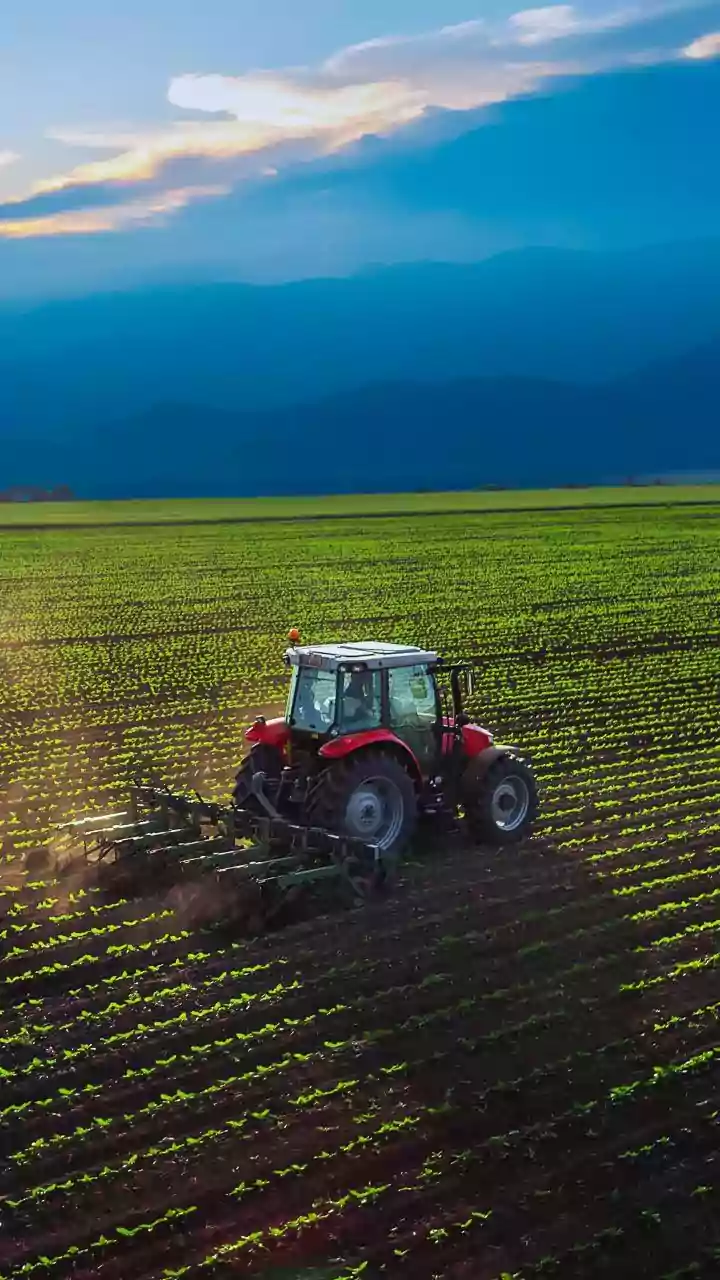Scheme Overview
The launch of these agricultural schemes marks a crucial step towards enhancing the lives of Indian farmers. The initiatives are meticulously planned to address
key challenges faced by farmers, such as access to credit, modern technology, and market linkages. These measures emphasize the government's commitment to supporting the agricultural sector, which is fundamental to India's economic prosperity. The schemes are likely to offer various benefits, from financial assistance and technological upgrades to streamlined access to resources. With a focus on sustainable development and farmer empowerment, the programs aim to create a more resilient and prosperous agricultural ecosystem. This commitment is intended to provide substantial support to those involved in the agricultural sector, ultimately enhancing their productivity and overall well-being, thus impacting the wider economic fabric of the nation.
Financial Support Mechanisms
A major component of the newly introduced schemes involves robust financial support mechanisms for farmers. These include provisions for subsidized loans, direct income support, and insurance schemes designed to protect against crop failures. The financial aid is aimed at reducing the burden of debt, promoting investment in modern farming techniques, and ensuring financial stability for farmers. By improving access to credit and offering financial incentives, the government hopes to boost farmers' ability to adopt better farming practices and improve yields. These financial interventions also seek to mitigate the impacts of unpredictable factors such as weather, market volatility, and price fluctuations, providing security and encouraging sustainable farming operations. Moreover, the schemes are designed to simplify the process of accessing financial resources, ensuring the benefits reach the intended beneficiaries with ease.
Technological Upgrades and Modernization
Alongside financial assistance, the schemes place a strong emphasis on modernizing agricultural practices through the integration of technology. This includes promoting the use of advanced irrigation systems, precision farming techniques, and digital platforms to improve efficiency. By introducing technological tools and practices, the government aims to help farmers enhance productivity, reduce waste, and make data-driven decisions. Such efforts will help farmers streamline their operations. This push for modernization includes supporting the adoption of modern agricultural machinery and providing training in cutting-edge farming techniques. Digital platforms provide farmers with crucial information such as weather forecasts, market prices, and access to expert advice. The incorporation of technology is intended to not only increase production but also enhance the sustainability and resilience of farming methods in the face of a changing climate.
Market Linkages and Infrastructure
Another crucial aspect of the government's agricultural schemes involves improving market linkages and upgrading infrastructure. These initiatives focus on connecting farmers with better market opportunities and building modern storage and transportation facilities. The goal is to help farmers fetch better prices for their produce, reduce post-harvest losses, and streamline the supply chain. The government plans to invest in improving rural infrastructure, including roads, warehouses, and cold storage facilities, to minimize wastage and ensure prompt access to markets. Additionally, the programs support initiatives that link farmers with consumers, and boost e-commerce platforms and direct marketing channels. By ensuring farmers are connected to efficient and reliable markets, these schemes are intended to improve income, and give farmers greater control over their businesses, contributing to the economic development of the agricultural sector.
Impact and Future Prospects
The implementation of these agricultural schemes is anticipated to have a significant impact on the lives of Indian farmers and the overall agricultural sector. By providing financial support, technological upgrades, and improved market access, the government hopes to increase farmer income, reduce risks, and promote sustainable farming. The schemes are designed to create a more resilient and competitive agricultural system that can address the challenges of climate change, market volatility, and changing consumer demands. The success of these initiatives hinges on effective implementation, ongoing monitoring, and the active participation of farmers. As the agricultural sector modernizes and becomes more efficient, these schemes are poised to enhance the livelihoods of farmers, and contribute to the economic growth and food security of India. Regular evaluations, combined with feedback from the agricultural community, will be pivotal for these schemes to adapt and flourish over time.









